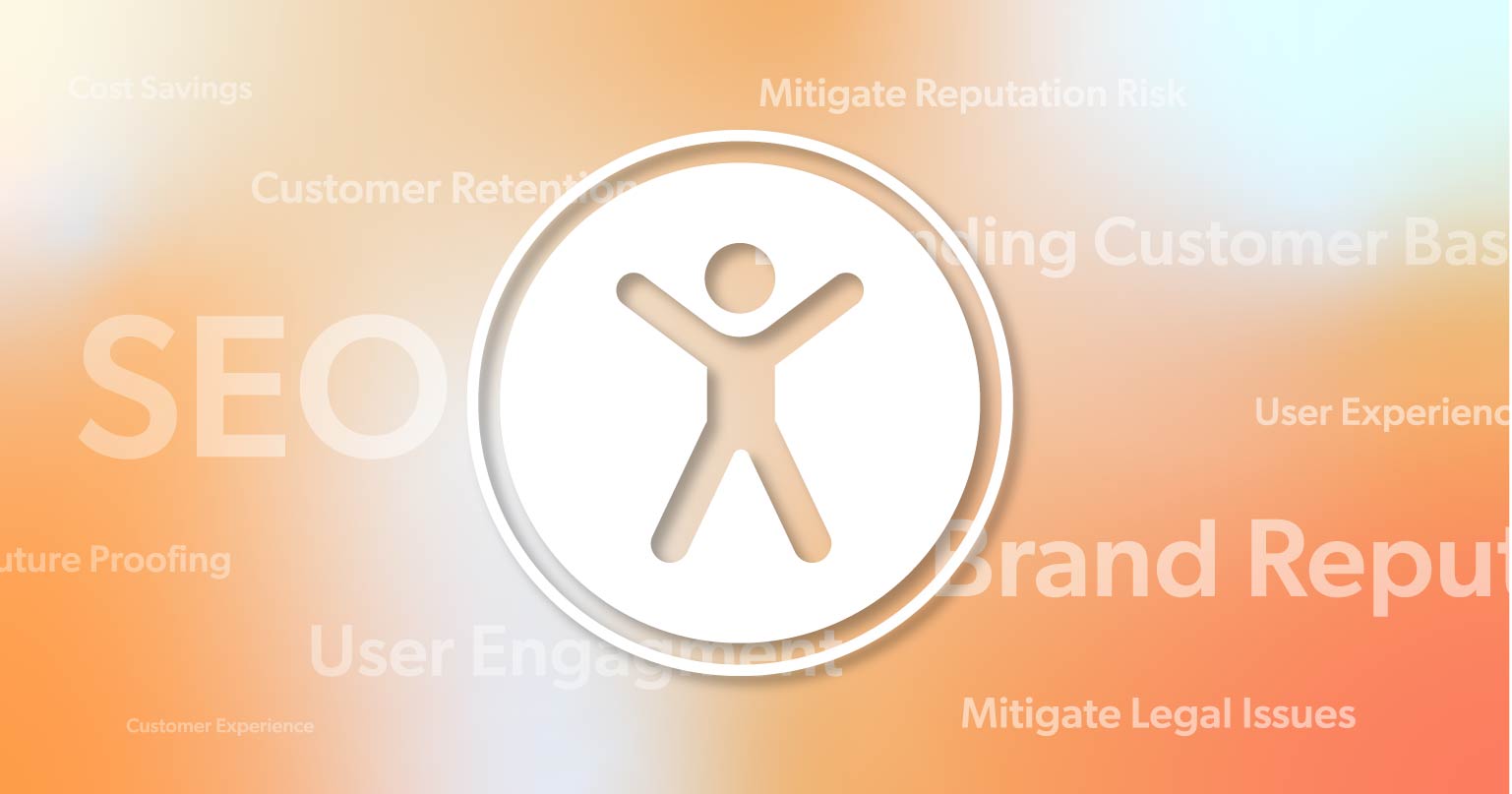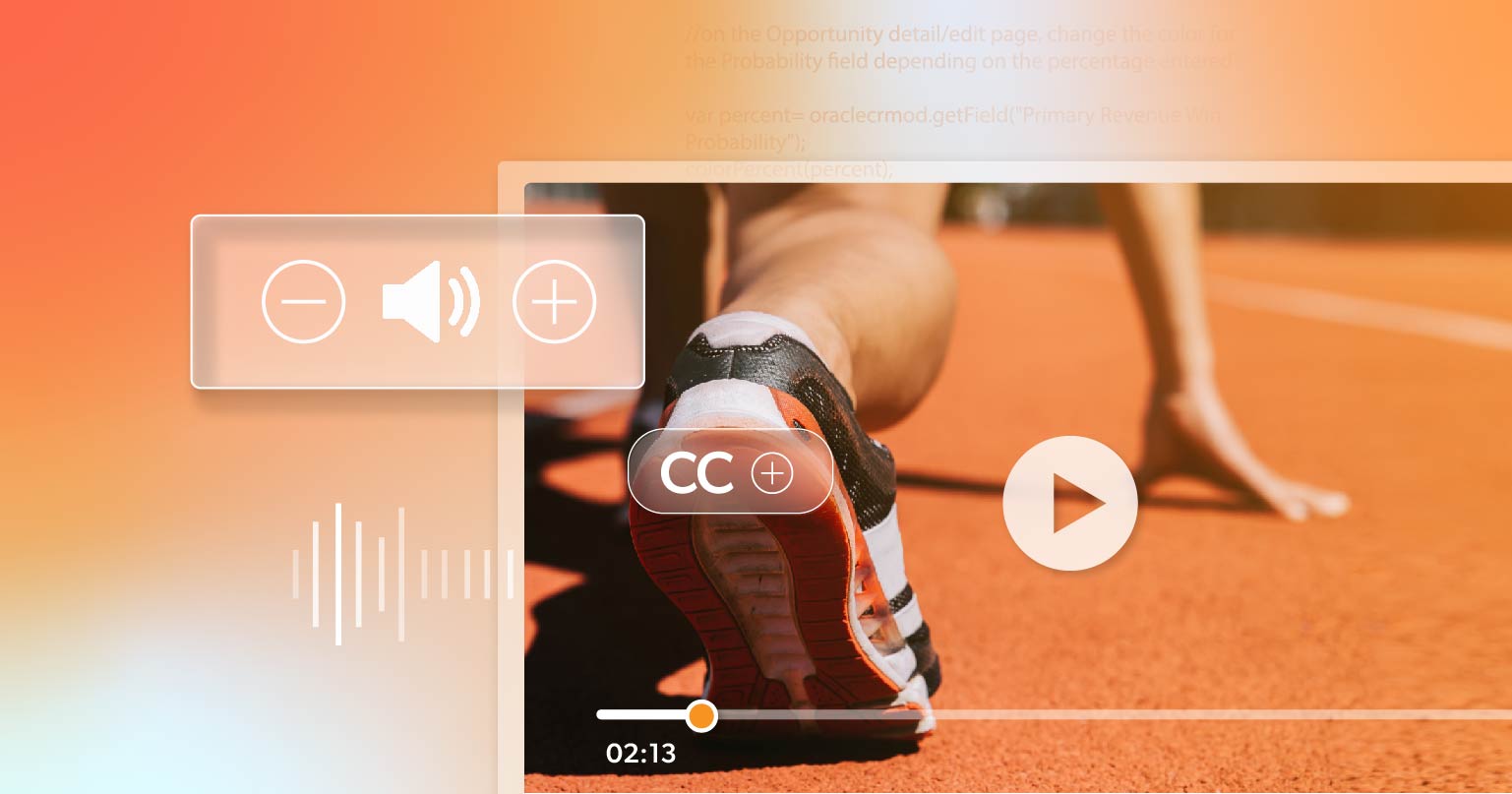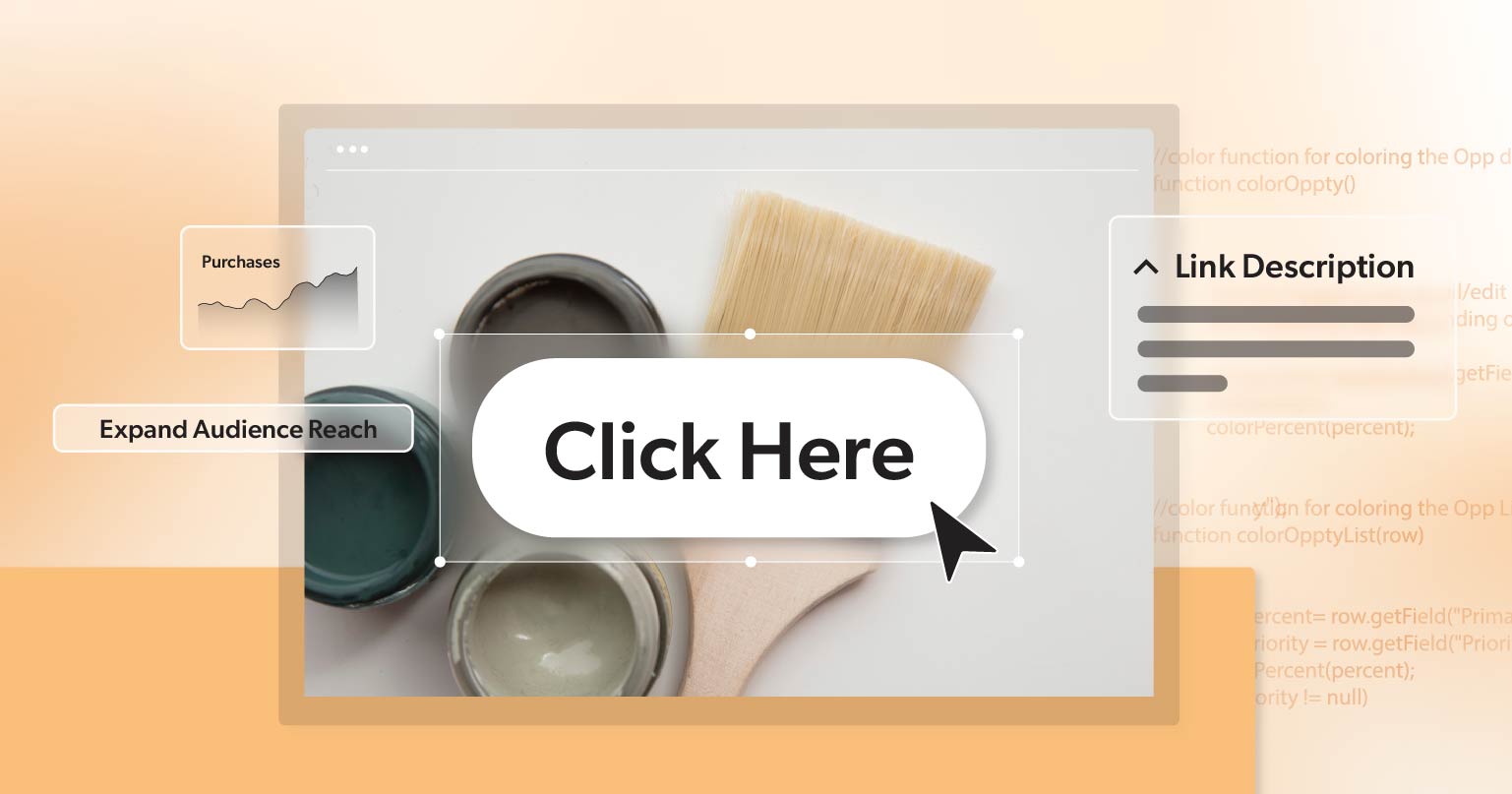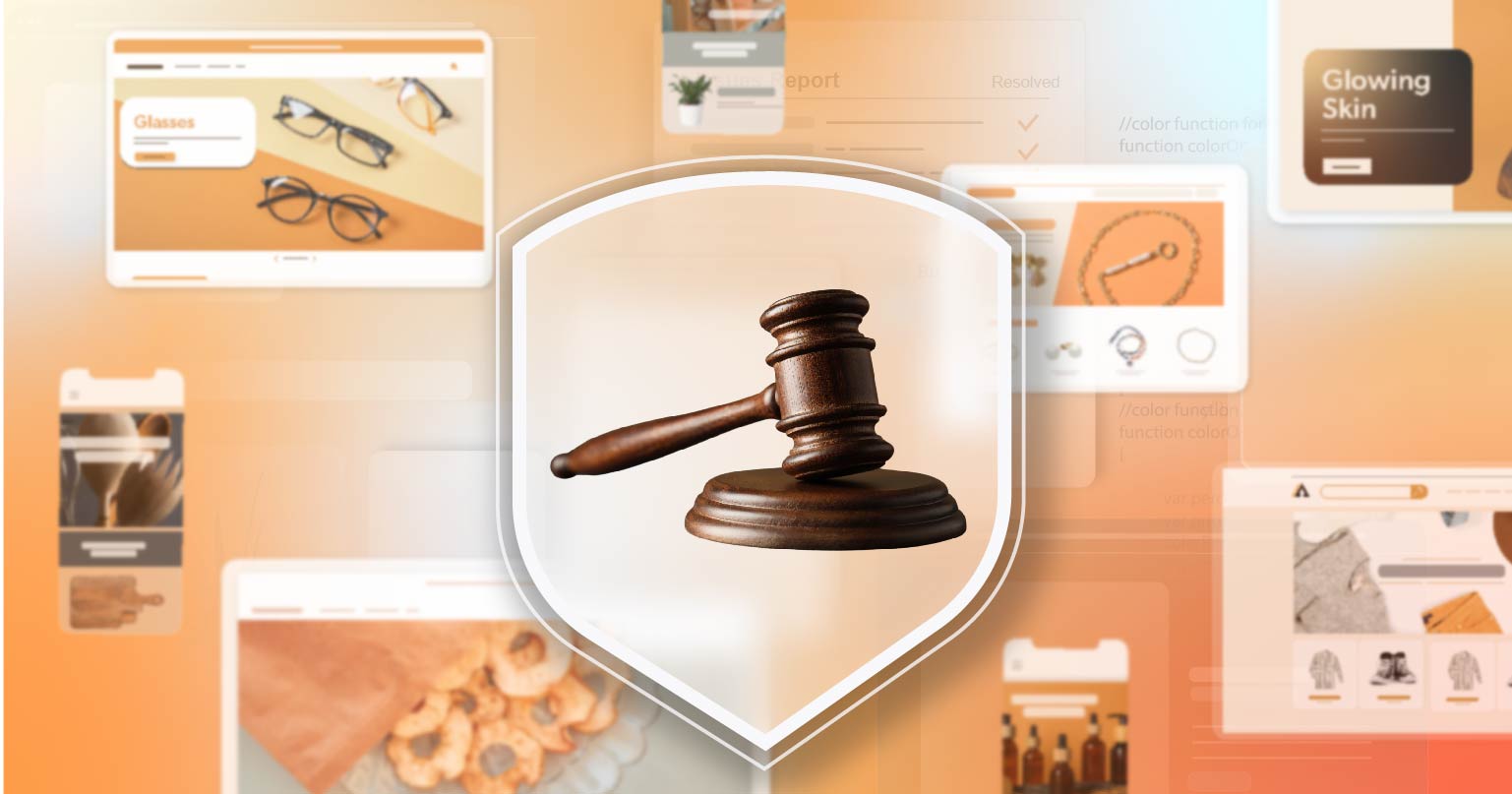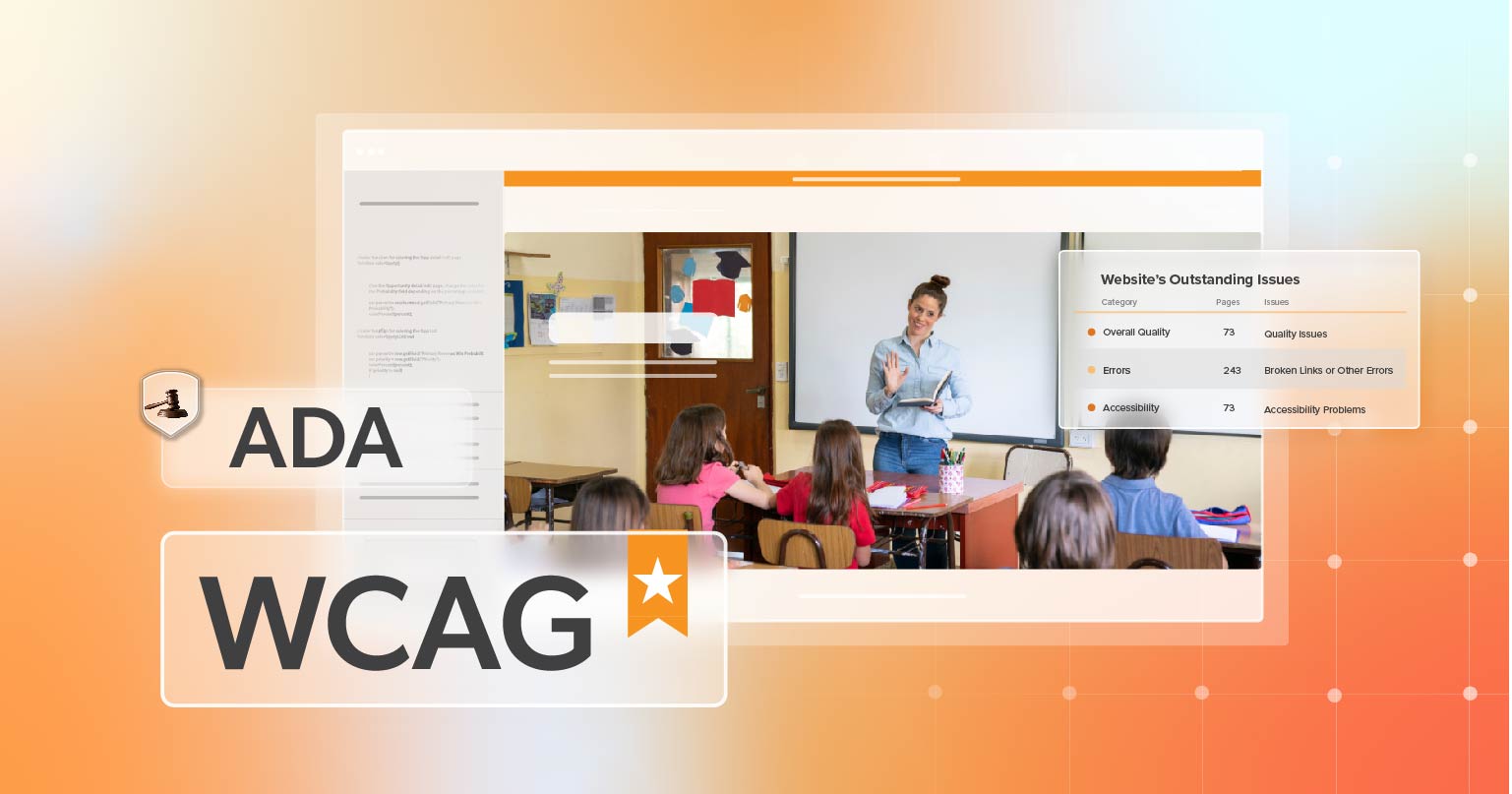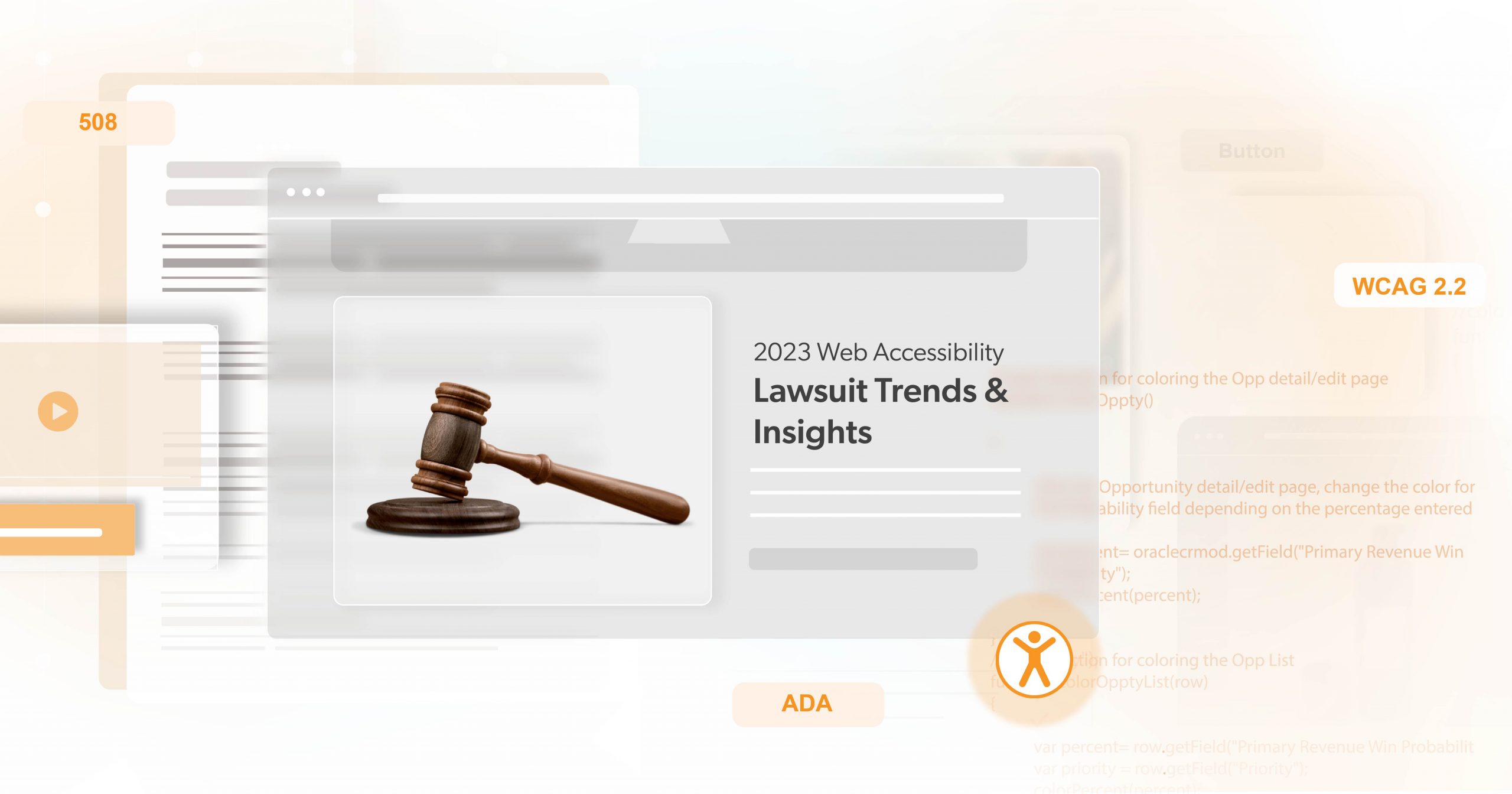In today’s digital world, accessibility isn’t just about doing the right thing; it’s about gaining a competitive edge. Embracing web accessibility can open doors to new customers, boost your search engine rankings, and protect your business from potential legal risks. More than that, it enhances the overall user experience, which translates to customer loyalty and retention. Let’s explore how making your website accessible benefits your business and why you should prioritize it today.
Accessibility Drives Customer Experience and Retention
At the heart of any successful business is a strong customer experience. When you prioritize accessibility, you ensure that every visitor, regardless of their abilities, can navigate and interact with your site. Imagine a potential customer with a visual impairment trying to read your content. If your website isn’t designed with accessibility in mind, you might lose that customer before they even get to know your products or services.
By making your website accessible, you send a message that you care about all your customers. This commitment builds trust, a key ingredient in customer loyalty. When people know they can rely on your site to meet their needs, they’ll keep coming back. And repeat customers are more likely to recommend your business to others, creating a positive cycle of growth and retention.
Mitigating Legal and Reputational Risks
The legal landscape around digital accessibility is changing rapidly. In the United States, businesses are increasingly being held accountable for failing to make their websites accessible. Lawsuits related to the Americans with Disabilities Act (ADA) are on the rise, and the costs can be significant—not just in terms of fines but also in damage to your reputation.
By proactively addressing accessibility issues, you can avoid these legal headaches. More importantly, you’ll be seen as a leader in your industry, committed to inclusivity and fairness. This can boost your brand’s reputation and set you apart from competitors who may still be lagging in this area.
216digital’s web remediation services are designed to help businesses like yours stay ahead of the curve. We can help you identify potential risks and address them before they become legal liabilities, ensuring that your website is welcoming to all users.
Enhancing User Experience and Engagement
Good design is accessible design. When you make your website accessible, you’re not just helping people with disabilities; you’re improving the user experience for everyone. For instance, clear and easy-to-read fonts, intuitive navigation, and fast load times benefit all users, regardless of their abilities.
When visitors have a smooth and enjoyable experience on your site, they’re more likely to engage with your content, stay longer, and make purchases. Accessibility features like keyboard navigation, text-to-speech options, and video captions can make your content more engaging and accessible to a broader audience.
At 216digital, we focus on enhancing user experience through our comprehensive web remediation services. Our phased approach ensures that your website is not only accessible but also optimized for engagement and performance, creating a seamless experience for all users.
Expanding Your Customer Base
Did you know that over 61 million adults in the United States live with a disability? That’s 26% of the population that could be your customers—if your website is accessible. By making your site more inclusive, you can tap into this often-overlooked market.
But it’s not just about people with disabilities. Accessible websites are easier for everyone to use, including older adults, people with temporary injuries, and even those with slow internet connections. In other words, accessibility broadens your reach, allowing you to connect with a more diverse audience.
Expanding your customer base means more potential sales, and that’s a win for any business.
Cost Savings
You might think that making your website accessible is an expensive undertaking. However, consider the long-term savings. Investing in accessibility upfront can save you from costly lawsuits, as we mentioned earlier, but it can also reduce future development costs.
By incorporating accessibility into your website from the beginning, you avoid the need for expensive redesigns or retrofits later on. Plus, accessible websites are often more streamlined and efficient, which can reduce hosting and maintenance costs.
Our team at 216digital is skilled at integrating accessibility into your website in a cost-effective way. Our approach ensures that you get the most value for your investment, with no unnecessary expenses.
Improved Search Engine Ranking
Accessibility and search engine optimization (SEO) go hand in hand. Search engines like Google prioritize websites that are easy to navigate, with clear headings, alternative text for images, and fast load times—all key components of an accessible website.
When your website is accessible, it’s more likely to rank higher in search engine results. This means more visibility, more traffic, and more potential customers finding your business online.
For more information on SEO and web accessibility, check out our article “Web Accessibility and Search Engine Optimization: a Powerful Combination.”
Brand Reputation
In today’s socially conscious world, consumers are paying attention to how businesses treat their customers. Companies that prioritize accessibility are seen as forward-thinking, inclusive, and caring. This positive perception can enhance your brand reputation and attract loyal customers who appreciate your commitment to inclusivity.
When your brand is associated with positive values like accessibility, you’re more likely to stand out in a crowded market. People want to support businesses that align with their values, and accessibility is increasingly becoming a priority for many consumers.
Future-Proofing Your Business
The digital world is constantly evolving, and accessibility is no exception. What’s considered accessible today might not meet the standards of tomorrow. By making accessibility a priority now, you’re future-proofing your business against changes in technology and regulations.
Being proactive about accessibility means you’re prepared for whatever comes next. Whether it’s new laws, emerging technologies, or shifts in consumer expectations, having a solid foundation in accessibility ensures that your business can adapt and thrive.
216digital’s web remediation services are designed to help you stay ahead of the curve. Our ongoing support and a11y.Radar monitoring services ensure that your website remains compliant and accessible as standards evolve, giving you peace of mind and a competitive edge.
Wrapping Up
Accessibility isn’t just a buzzword; it’s a business advantage. From driving customer experience and retention to mitigating legal risks, enhancing user engagement, and improving your search engine rankings, accessibility offers countless benefits. It’s an investment that pays off in the form of a more inclusive, engaging, and successful website.
At 216digital, we’re here to help you unlock the full potential of web accessibility. Our comprehensive web remediation services ensure that your website is optimized for performance and engagement. Don’t miss out on the opportunity to make accessibility your business’s secret weapon.
Whether you’re just starting your accessibility journey or looking to enhance your current efforts, 216digital has the expertise and tools to help you succeed. Let’s make your website a place where everyone feels welcome.
Find out where you stand by scheduling a complementary ADA Strategy Briefing today.

